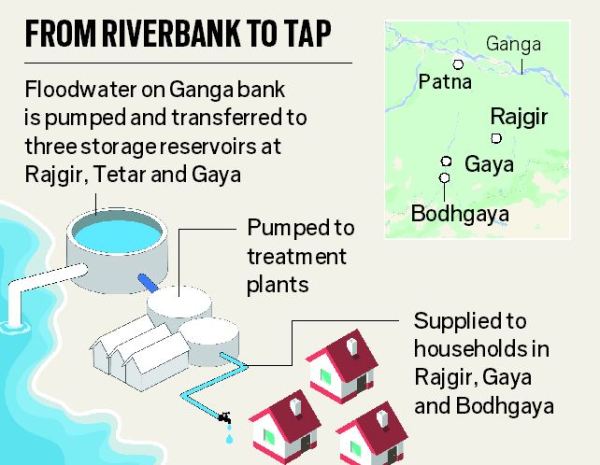Funds in, Golghar restoration by mid-Sept
2 min read Patna: The Archaeological Survey of India (ASI) on Friday said it will finish conservation and renovation work of the monument by mid-September as it has received Rs 10 lakh from the state government to wrap up the job.
Patna: The Archaeological Survey of India (ASI) on Friday said it will finish conservation and renovation work of the monument by mid-September as it has received Rs 10 lakh from the state government to wrap up the job.
“We got Rs 10 lakh needed to finish the repair work of Golghar yesterday (Thursday) and we will resume it with full steam to complete everything by mid-September,” ASI Patna circle superintending archaeologist D.N. Sinha said.
The money has come after 17 months of ASI’s repeated requests. It was sanctioned by the state archaeology department, under which Golghar comes, in June last year, but was withheld by the state treasury on one pretext or another.
On pending work, Sinha said fresh plaster on around 10 per cent of the outer surface of the monument is yet to be done, the staircases on both sides of the dome-shaped building are to be repaired and as a final step, the scaffolding put in place will be removed.
“We have also decided to install a lightning conductor on Golghar to save it from any possible thunderbolt strike. There has been a rising incidence of lightning strikes in the recent past in the state. The monument did not have a provision for lightning conductor, but we have decided to provide one for its safety,” Sinha added.
The ASI is doing the repair work by using surkhi chuna (lime and powdered burnt red terracotta) plaster as used in the original construction.
Golghar is protected under the Bihar Ancient Monuments and Archaeological Sites Remains and Art Treasures Act, 1976, and the state government roped in the ASI in 2010 for its conservation after it developed cracks, salt action on its walls, and waterlogging around its foundation. So far around Rs 98 lakh has been spent on it.
Directions to build Golghar was given by the then governor-general Warren Hastings as part of a plan to counter famines after the Great Bengal Famine of 1770 in which an estimated 1 crore people lost their lives in the lower Gangetic plain, including Bihar and Bengal.
The East India Company engineer John Garstin started its construction on January 20, 1784 and completed it on July 20 1786. It was built with bricks, surkhi chuna (lime and powdered burnt red terracotta) plaster.
Foodgrain were to be stored by carrying it to the top via its 142 stair steps and dropping it inside through a two-and-a-half feet hole. However, grains could not be stored in the 96-feet tall “stupa-like building” due to an inherent defect, which is now famous as “Garstin’s Folly”. Its doors opened inside, and grains poured inside would prevent their opening.
Courtesy: The Telegraph


